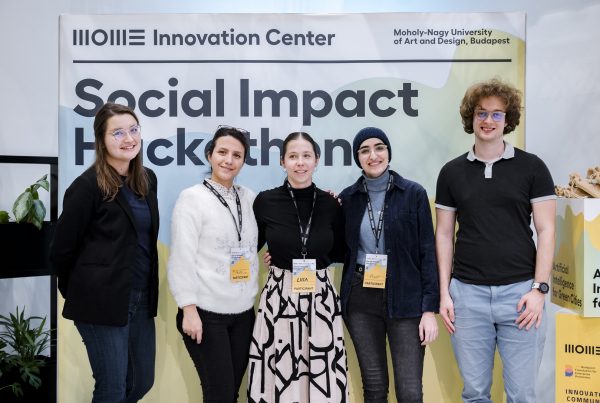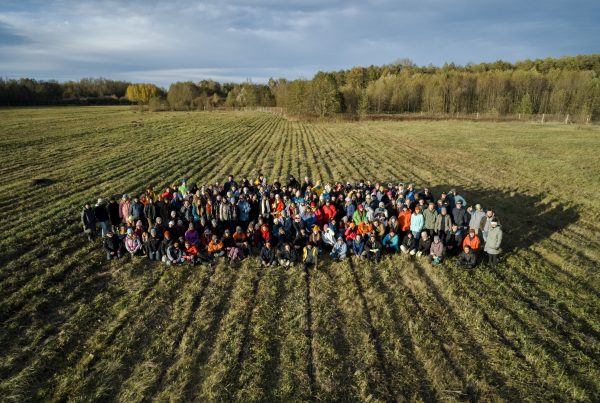BEYOND ENERGY COST SAVINGS
The underestimated social, financial and environmental benefits of building energy renovations.
What is the main benefit, which firstly comes to mind, when thinking of energy renovations?
In the traditional approach, building owners or developers base their decision making on the expected energy-related cost savings: this argument has been the focal point in the last decades by every business case of building energy renovations. On one hand, this is understandable, since the cost saving is the most tangible positive outcome of the energy conservation measures, which can be included into the annual cashflow by investors. On the other hand, there can be of course other motivations behind energy renovations. One might wish to reduce CO2 emissions to mitigate climate change, or to improve the well-being of building users. Nevertheless, at the end the return of investment from energy cost savings is usually be the decisive factor to carry out the renovations. However, this approach, which only focuses on cost savings can lead to unsuccessful projects.
Energy savings might not even occur after the renovation due to the rebound effect. This phenomenon appears, when the building users increase their energy consumption, since it costs less after the renovation, therefore the energy savings will not take place. This means, that the building occupants undoubtedly influence the success of energy efficiency results after the renovation by their behavior. To avoid this shortfall, it is recommended to focus also on other aspects than only the cost savings before investing into a renovation process.
For this purpose, the concept of multiple benefits (or non-energy benefits, co-benefits) is starting to get used when investigating the effects of renovation, which can be a great tool to convince the stakeholders to start a deep energy renovation project.
Multiple benefits as a concept include those positive social, financial and environmental impacts, which derive from the energy efficiency improvements of a building[1].
In order to discover these benefits, there is a need for a holistic approach, instead of the conventional renovation practices. This holistic solution considers the needs and behaviors of the building stakeholders as a crucial factor in the renovation process. The types of buildings and its stakeholders differ project by project so the non-energy benefits can be different as well.
Let’s take a particular renovation technology for an example: an innovative pre-assembled envelope panels used for wall insulation. This solution has multiple benefits based on its design and construction method. For building owners aside from the energy benefits converted to cost reduction, other economic benefits can be considered, like the increased building value and reduced maintenance costs due to the new façade.
The building users also benefit from the selected solution as it contributes to minimize the time of on-site work, and the higher speed of the panels’ installation decreases the disruptive effect on the building users’ life and work. The improvement of the thermal envelope also results in improved indoor thermal environment. Therefore, users will experience improved indoor thermal comfort and reduced noise, which positively affects their mental and physical health, thus decrease their healthcare expenses. It also reduces the number of sickdays and improves occupant satisfaction which can translated to economic benefits for the building owners as well.

Multiple benefits during/after the implementation of pre-assembled envelope panels in a deep energy renovation project
The benefits are interlinked, for instance the well-being of building users can results in economic profit for their employer, since their productivity will increase.
From another point of view, the construction team, who renovates the building will gain reputation due to their specialized work, which will result in new business opportunities. Furthermore, the decreased time of on-site work results in reduced dust emission from the renovation, which has a positive impact on the ambient air quality of the surrounding community.
So how can you include the multiple benefits into the business case of a renovation project? Firstly, in order to include the MBs into the business case, it is necessary to undertake a stakeholder analysis to discover who could be the beneficiaries of the possible non-energy benefits, which will appear during and after the renovation. The other important step is to measure and quantify the benefits, so their value can be interpreted in economic terms. For example, the productivity of building-users in an office can be quantified by the days of absenteeism or presenteeism, which will decrease after the energy renovation measures, thus their active days in work will increase:

The quantification of multiple benefits was also the aim of the COMBI project (source: https://combi-project.eu)
Quantifying multiple benefits is a relatively new field in academic research and implementation to the construction industry. Among others, the StepUP project also aims to consider non energy benefits during the development of the StepUP deep energy renovation methodology.
With these quantifiable measures in the business case, the deep energy renovation can be a more attractive solution, than a renovation process with traditional economic calculations. The potential of these benefits can be justified by the successful businesses, such as several cases from the WELL building certification system which built upon these multiple benefits and focusing on the well-being of building users.
The European Commission and the International Energy Agency (IEA) also identifies the deep energy renovation of old buildings as a key strategy to decrease the energy demand of buildings and combat climate change. There are some important policies and technologic solutions, which already contribute to successfully reach the target of energy renovation by 2040. The first component is the Energy Performance of Buildings Directive (2018/844) by EU, which aims the promotion of energy conservation measures, while focusing on the competitiveness and sustainability. The second factor is the broad scale of technological approaches, like the installation of solar PV, the improvement of HVAC system, or the upgrade of building envelope etc.
Despite these supporting policy instrument and the availability of diverse technologies, the current low rate of the existing building stock’s energy retrofit demonstrates, that the investments in energy renovations are still not attractive enough for the investors, as this figure represents:

The figure shows the low rate of spent investments in non-residential buildings’ energy renovation in Europe between 2012 and 2016 (Source: https://ec.europa.eu/energy/sites/ener/files/documents/1.final_report.pdf)
So, is it possible, that the missing link, which could make the deep energy renovation more attractive for the developers are the multiple benefits?
The ambition of the StepUP project is to show the high value of multiple benefits in the construction sector, which can be involved into the business case and make a deep renovation project more profitable and successful, than only focusing on the cost saving aspects.
Authors
Kitti Párdi – Junior Researcher at ABUD, MSc. in Urban Planning and Management
Melinda Orova – Senior Consultant at ABUD, MSc. Architect and Building Energy Engineer
Júlia Oravecz – Innovation Manager at ABUD, MA Design and Art Management
References
[1] Thema, J. et al. (2016) ‘Widening the Perspective: An Approach to Evaluating the Multiple Benefits of the 2030 EU energy efficiency potential’, in International Energy Policies&Programmes Evaluation Conference. Amsterdam, 7-9 June. doi: 10.13140/RG.2.2.33271.01441.



